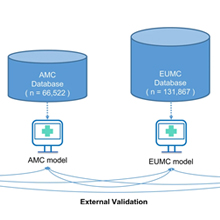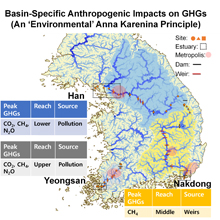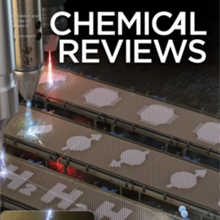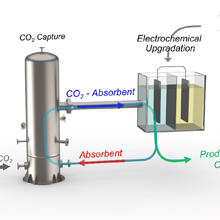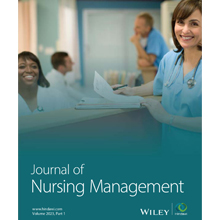본문
How do our rivers contribute to climate crisis?
- An environmental diagnosis of three major rivers in Korea as sources of greenhouse gases

by Prof. Ji-Hyung Park
Department of Environmental Science and Engineering
PURE Research Profile
jhp@ewha.ac.kr
Freshwater ecosystems including rivers and lakes represent the most important natural sources of greenhouse gases (GHGs). However, little is known about the current status of GHG emissions from river systems across Korea. To assess human impacts on spatial and seasonal variations in the riverine emissions of three major GHGs (CO2, CH4, and N2O), two basin-wide surveys from source to estuary along three impounded rivers (Han, Nakdong, and Yeongsan) in Korea were combined with five repeated samplings for 1 year at five or six estuarine sites in each basin. The key findings on basin-specific anthropogenic modifications of riverine and estuarine GHG dynamics were published in Water Research, a top environmental journal, and subsequently reported by several news media (Joongang, MBC, Newstapa, etc.), feeding scientific information for policy debates on the sustainable river management including a parliamentary investigation on CH4 emissions from the weir-impounded Nakdong River.
The source-to-estuary surveys revealed basin-specific longitudinal distributions and seasonal variations in CO2, CH4, and N2O concentrations (Figs. 1, 2). The most outstanding pattern is distinctively high gas concentrations in the reaches around metropolitan areas, which include the lower, middle, and upper reaches of the Han (Seoul), Nakdong (Daegu), and Yeongsan (Gwangju) rivers, respectively. The concurrence of exceptionally high CH4 and undersaturated CO2 levels along the middle to lower Nakdong reaches implied other contributing factors besides nutrients and organic waste discharged from the two metropolitan areas. As the middle Nakdong reaches are regulated by eight cascade weirs, frequent phytoplankton blooms facilitated by the slowed flow might have created favorable conditions for CH4 production in the anaerobic sediment accumulating decomposed algal biomass.
Overall, the results emphasize that the location and magnitude of pollution sources and impoundments control basin-wide GHG distributions and estuarine carryover effects. Given the intensifying anthropogenic impacts on GHG emissions from rivers and estuaries worldwide, the reported basin-wide patterns of the three GHGs and the simultaneous measurements of gas isotopic composition and controlling environmental factors can provide useful reference data and methodological approaches to researchers interested in assessing human impacts on riverine GHG dynamics. The new findings on weir-induced perturbations to GHG dynamics in the impounded Nakdong reaches will gain traction not only among researchers but also watershed managers. Large basin-wide and seasonal variations in GHGs and impoundment effects on CH4 production offsetting phytoplankton-enhanced CO2 uptake warn against simple generalizations of eutrophic rivers and estuaries as carbon sinks. This study illustrates the importance of environmental diagnostics as a tool to identify hot spots and moments of GHG emissions from human-impacted ecosystems for proactive Net Zero policies.

Figure 1. Study sites and key findings
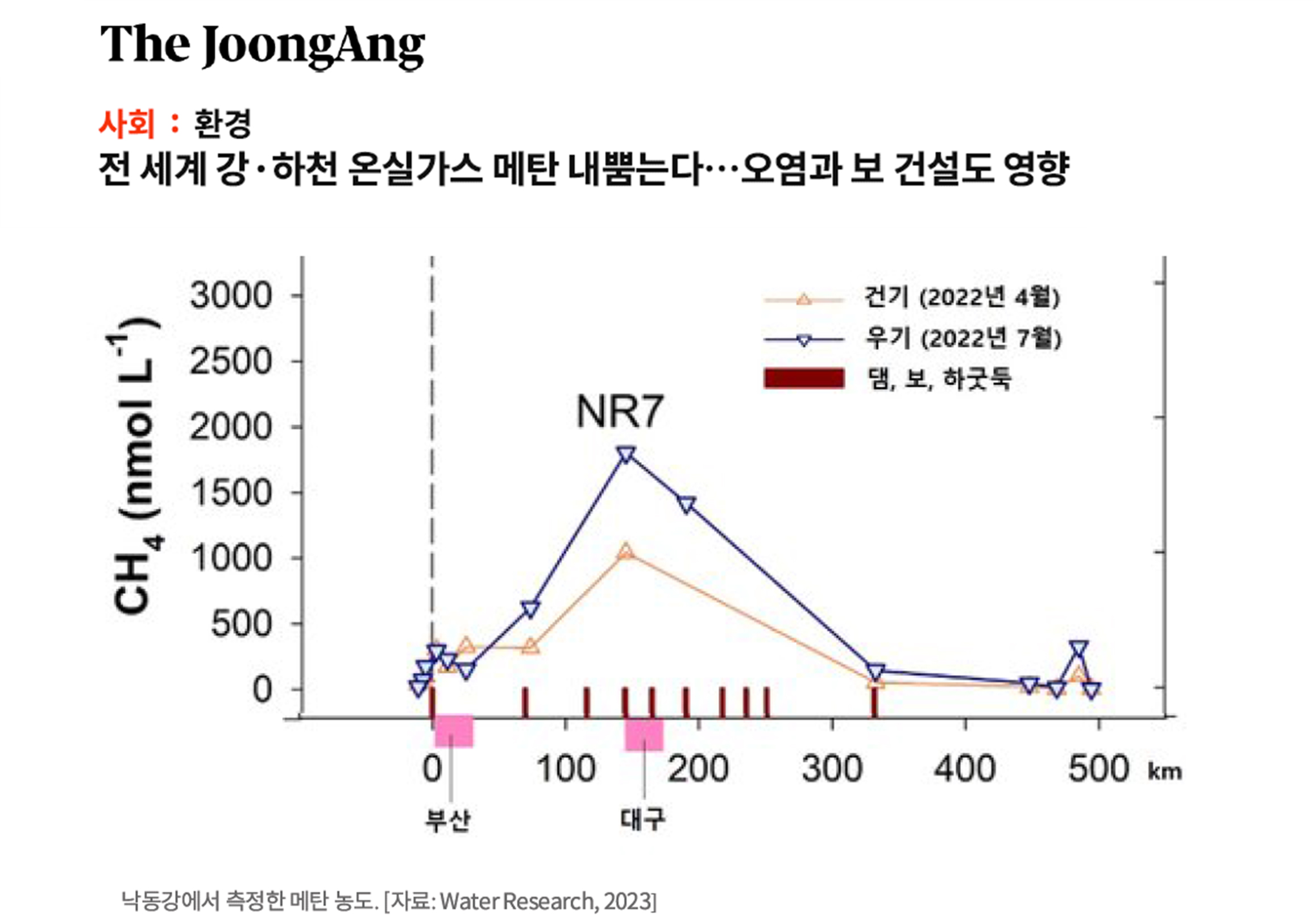
Figure 2. A key finding reported by a newspaper (https://www.joongang.co.kr/article/25185610)
* Related Article
Ji-Hyung Park, Hyunji Lee, Maidina Zhumabieke, Seung-Hee Kim, Kyung-Hoon Shin, Boo-Keun Khim, Basin-specific pollution and impoundment effects on greenhouse gas distributions in three rivers and estuaries, Water Research 236: 119982, June 2023


